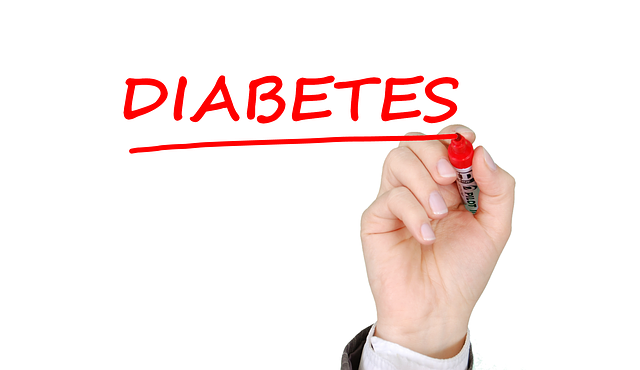Source- https://www.spin.ph/
THERE’S the temptation to think that — despite the masks and face shields — things are heading back to normal. Restaurants have now been given the go-signal for 24 hour operation, barbershops and salons are allowed to increase the number of customers that can step inside, and buses are back to plying EDSA (though commuters are reportedly struggling with the tap cards).
Butwe should always be reminded that there’s still a dangerous virus lurking in the air.
Multiple studies have shown that people with the most risk from COVID-19 are the people with so-called “comorbidities” — hypertension, diabetes, and the like.
These comorbidities are often lumped together under the term “lifestyle diseases.”
“Lifestyle diseases such as diabetes, obesity and heart disease are closely linked with the way people live their life,” said Dr. Michael Villa to SPIN Life. Villa is a member of the Philippine Society of Endocrinology and Metabolism.
He continued: “These noncommunicable diseases are associated with smoking, too much alcohol, lack of physical exercises, and too many calories or unhealthy eating habits.”
It’s the c-word that’s important here. (And no, we’re not talking about calories, though we’ll get to that a little later.) The SARS-CoV-2 virus is communicable; diabetes is not. We don’t catch the latter from other people — we only do it to ourselves.
And when it’s paired with something like COVID-19, well. Let’s just put it this way. A review of over 33 studies published late July found that comorbidities were present in 74.37 percent of fatal COVID-19 cases. Almost a quarter (24.89 percent) of these fatal cases also had diabetes.
But with or without COVID-19, “diabetes can become a serious medical condition if not properly addressed,” continued Villa. “If you have diabetes, you need to manage your blood sugars and regularly monitor blood sugar to stay within their target range.”
For those suffering from diabetes, you’ll need to keep your eye on the data. As you eat, the level of your glucose — or blood sugar — changes, and you need to know how and why these changes happen. Self-management of this disease can be aided by tools like flash glucose monitoring (sometimes called a patch glucose meter).
“[These] can help track fluctuations in the daily glucose levels of people with diabetes,” Villa said.
In addition, these diagnostic tools will also give real-time information to your doctor so they can cook up a better care plan.
But even so, nothing beats a lifestyle disease than some lifestyle changes. It bears repeating, but Villa also dished out some common sense advice for managing your blood sugar — and keeping yourself even better protected from COVID-19.
Eat the right amount of calories and cut too much refined sugars from your diet. “Eating foods high in refined carbs and sugar increases blood sugar and insulin levels which may lead to diabetes over time.”
Work out regularly. “Performing physical activity on a regular basis has shown to slow or help prevent heart disease, stroke, high blood pressure, high cholesterol, type 2 diabetes, arthritis, osteoporosis (bone loss), and loss of muscle mass.”
Keep hydrated with water. “Drinking water instead of other beverages may help control blood sugar and insulin levels.”
Lose weight. “Even a small amount (about 5 percent) of weight loss can give you health benefits.”
Quit smoking. “Smoking can accelerate the development of diabetic complication and make it worse.”
